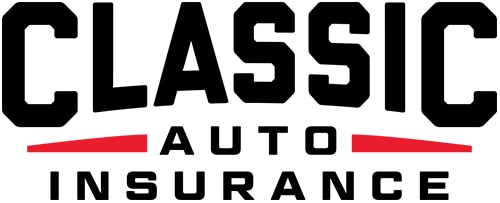If you’ve ever cut metal on a classic truck, you’re familiar with that stressful moment right before you make the first slice. You take a deep breath and go for it, hoping it’ll turn out fine. It doesn’t have to be this way! The Project C10 team ensures a better cut every time by scribing the metal carefully before cutting. Scribing prevents warping, chipping, missed marks and other metal cutting issues.
Project C10 Tech Tip – Scribing Before Cutting
Scribing is basically just marking out the cut line with a shallow indentation – a scribed line – prior to making the full cut. Here’s how it works in practice. The first step is to NOT use a pencil or marker to lay out the initial line. Writing tools are too inaccurate and prone to smudging. Instead, use a metal scriber – a hand tool used in metalworking to mark precise lines. The scriber will make a perfectly-placed groove, which you can then use as a cutting guide. Then breathe easy when you make the cut. It will come out in precisely the right spot, every time. Have you ever used a scribe for machining truck metal? Share your favorite cutting tips in our comments.
How a Metal Scriber Works
A scriber is a rod with a tip that has been tempered to extreme hardness. As you move the scriber’s point over a metal surface, a tiny shallow groove forms. This groove becomes your cutting line. Depending on the angles and spaces you’re working with on a classic truck, you may also need a scriber block, which allows you to lay out lines at a set height from a base. A scriber block helps you scribe in a controlled fashion as you make multiple cuts along a large piece of metal. For a big project like a truck restoration, this is a huge help in terms of keeping every cut neat and precise.
Measure Twice, Cut Once
Metalworking can be an intimidating part of a classic truck restoration. Every cut is a challenge. You don’t have to tackle it alone. The experts at Project C10 welcome metal scribing and cutting questions from classic truck restorers. As the old saying goes, “Measure twice, cut once.” By double-checking that you’re doing everything correctly in advance, you’ll avoid some of the major mistakes people make when working with truck metal.
Make Scribing Part of Your Restoration Routine
Auto metalworking experts always scribe before cutting because pencils and markers prevent them from making perfect cuts. The wide lines of writing tools don’t allow tight fits after the cut, due to the minute thickness variations of the marking. When you’re working on a classic truck or any other kind of restoration, this is a big deal. Imagine making cuts to a truck frame, only to discover later that all your cut variations added up to an overcut of half an inch. That tiny space could become a huge, expensive problem to fix. By cutting directly on a scribed line, bad cuts are minimized.
Join the Project C10 Truck Community
Project C10, powered by American Modern, an original video series from Classic Auto Insurance that chronicles the restoration of a 1965 Chevy C10 truck to a beautiful restomod worthy of car show display. Stay up-to-date with Project C10 by subscribing to Classic Auto’s YouTube Channel, following us on Instagram and visiting our C10 Restoration page on ClassicIns.com, where you’ll enjoy step-by-step episodes, project-specific Tech Tips and behind-the-scenes articles that give you an inside look into what it takes to restore a classic collectible like a Chevy C10 truck.

